15 Body Horror Films You’ll Never Forget
Few genres provoke the same reaction as body horror. It turns physical transformation into a terrifying form of storytelling that challenges comfort and curiosity alike. From subtle decay to grotesque metamorphosis, these films force audiences to confront what makes them human. Each movie builds discomfort through creativity and shock, leaving images that linger in memory.
This post may contain affiliate links, which helps keep this content free. Please read our disclosure for more info.
The Fly (1986)
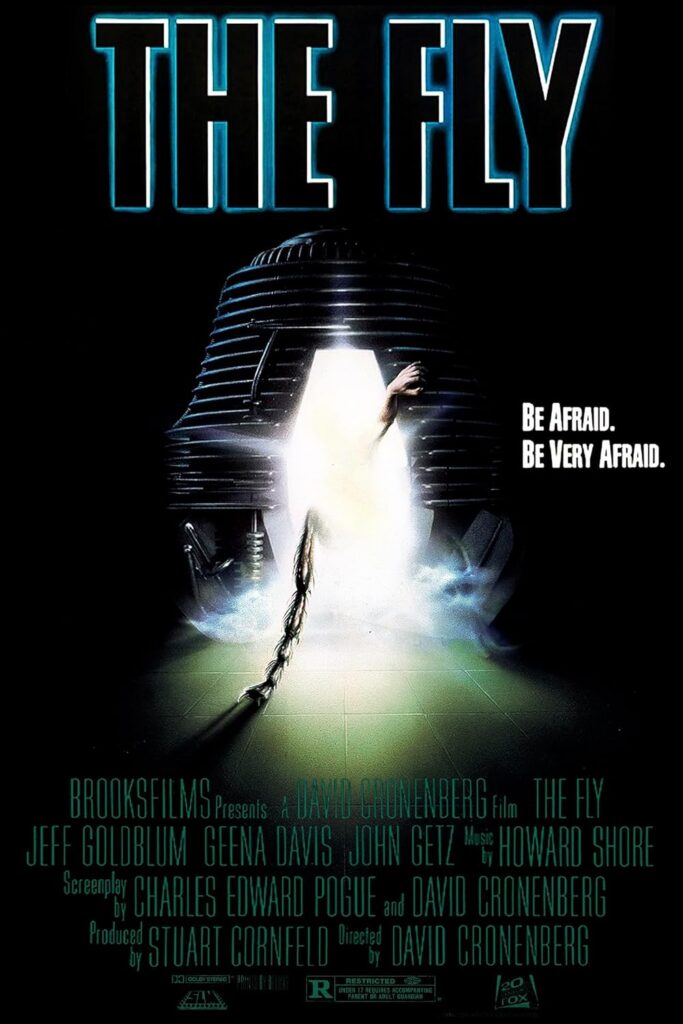
David Cronenberg’s The Fly is one of the most iconic body horror films ever made. It tells the story of scientist Seth Brundle, who merges his DNA with that of a housefly during a teleportation experiment gone wrong. His gradual transformation is both tragic and terrifying, showcasing the breakdown of body and mind. Jeff Goldblum’s performance gives the film its emotional weight as Brundle’s humanity fades away.
The special effects are remarkable for their time, using practical makeup to depict every disturbing stage of mutation. Beneath the gore lies a story about obsession, science, and the fear of losing control. Viewers are drawn into the tragic consequences of human curiosity. It remains a defining example of physical and psychological horror combined.
The Thing (1982)
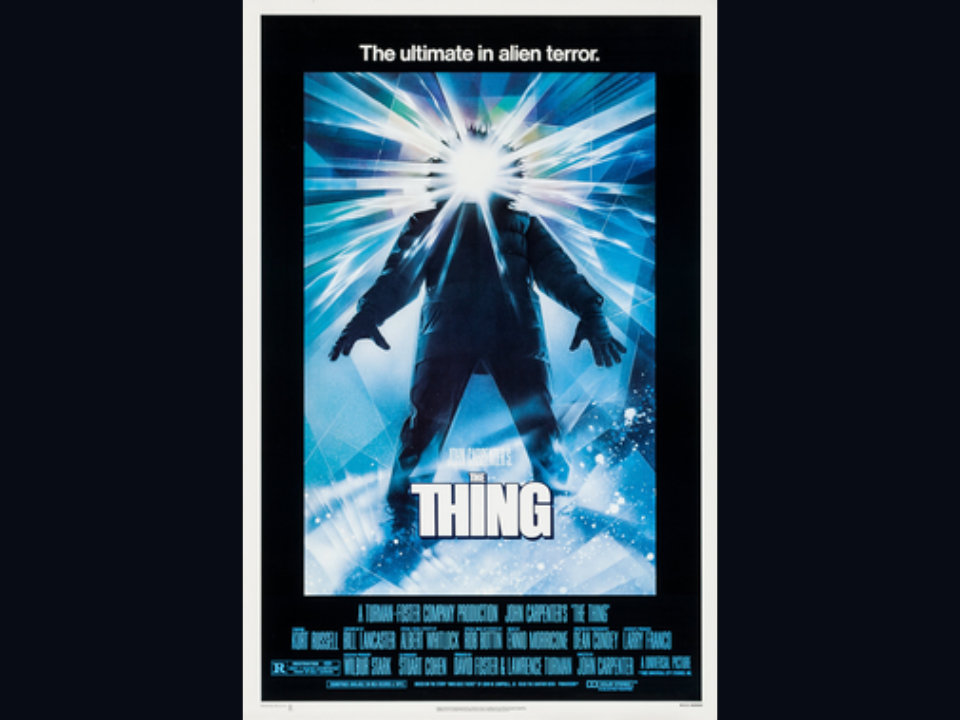
John Carpenter’s The Thing brings paranoia and fear to the frozen wastelands of Antarctica. When a group of researchers discovers a shape-shifting alien, it begins to imitate them in horrifying ways. The film keeps audiences guessing who is real and who is not. Each moment of transformation is shocking and grotesque.
The practical effects created by Rob Bottin are legendary in horror history. The alien’s forms are creative and disturbing, pushing boundaries for what audiences could handle. The isolation of the setting adds to the dread and mistrust. The Thing continues to influence horror filmmakers decades later.
Videodrome (1983)
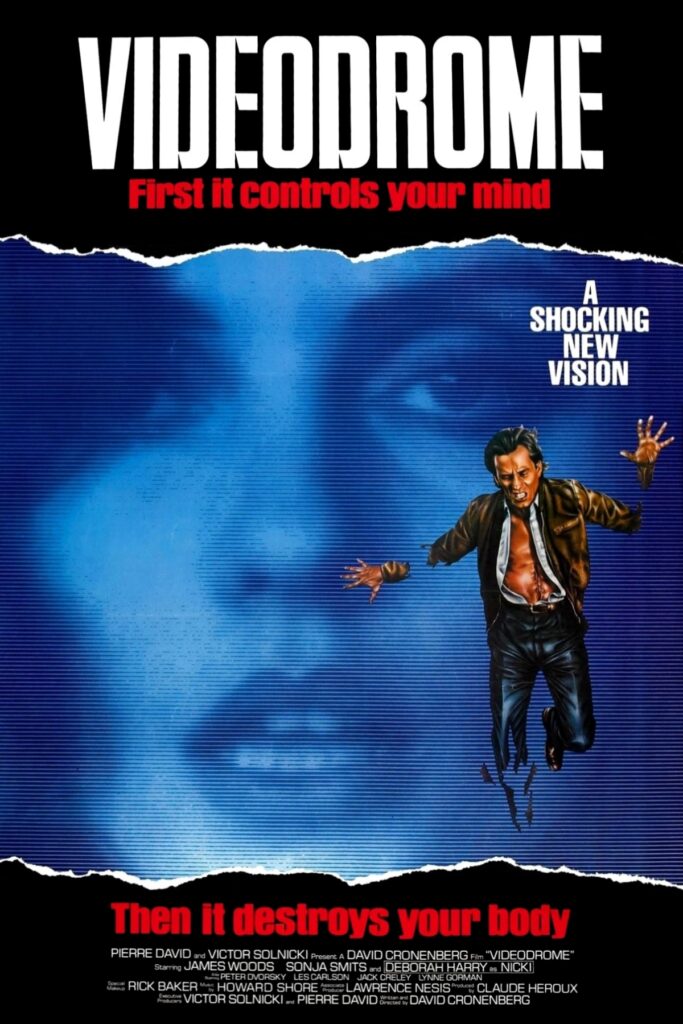
In Videodrome, David Cronenberg once again explores the fusion of technology and the human body. The story follows Max Renn, a television producer who becomes addicted to a mysterious broadcast signal. As he is drawn deeper, he experiences hallucinations and physical distortions that blur reality. The film questions how media can manipulate and change perception.
The movie’s imagery is unsettling, featuring organic machines and warped human forms. Its message feels even more relevant in the age of constant digital exposure. James Woods delivers an intense performance as a man consumed by his own creation. Videodrome stands as a disturbing reflection on technology’s effect on the body and mind.
Tetsuo: The Iron Man (1989)
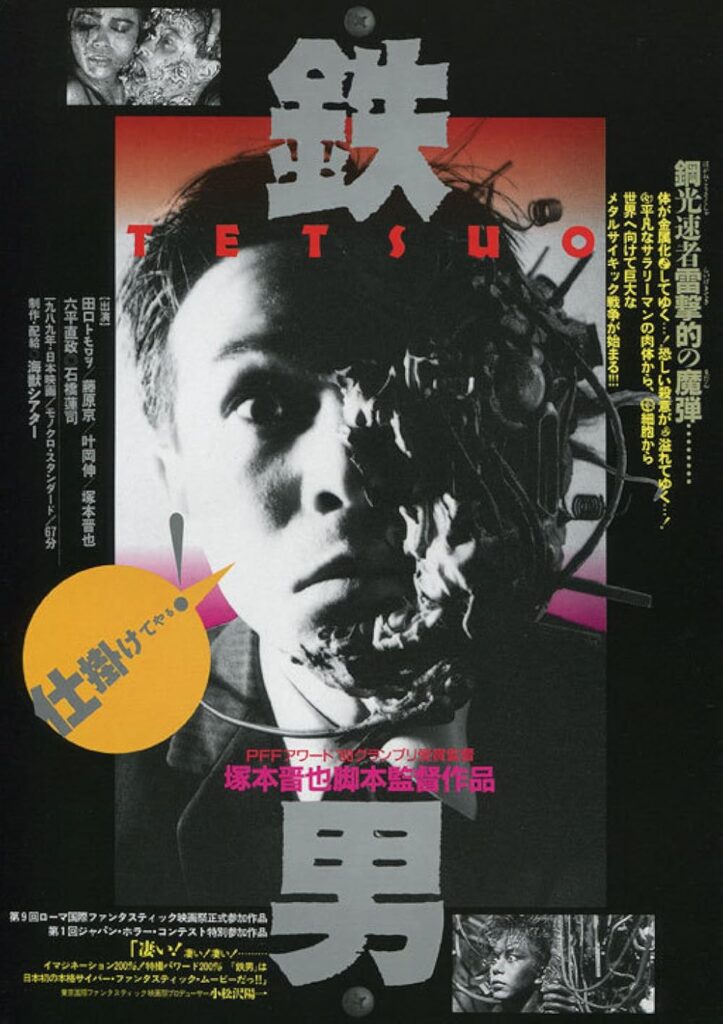
This Japanese cyberpunk horror from Shinya Tsukamoto is both chaotic and hypnotic. Tetsuo: The Iron Man tells of a man who transforms into a creature made of metal and flesh. The film’s industrial visuals and relentless pace make it unforgettable. Its low-budget aesthetic adds a gritty realism to the disturbing transformations.
The soundtrack of clanging machinery enhances its oppressive tone. It captures the anxiety of modern life and the loss of humanity in an industrial world. Viewers are left with imagery that feels both alien and painfully human. It remains one of Japan’s most original contributions to body horror.
The Brood (1979)
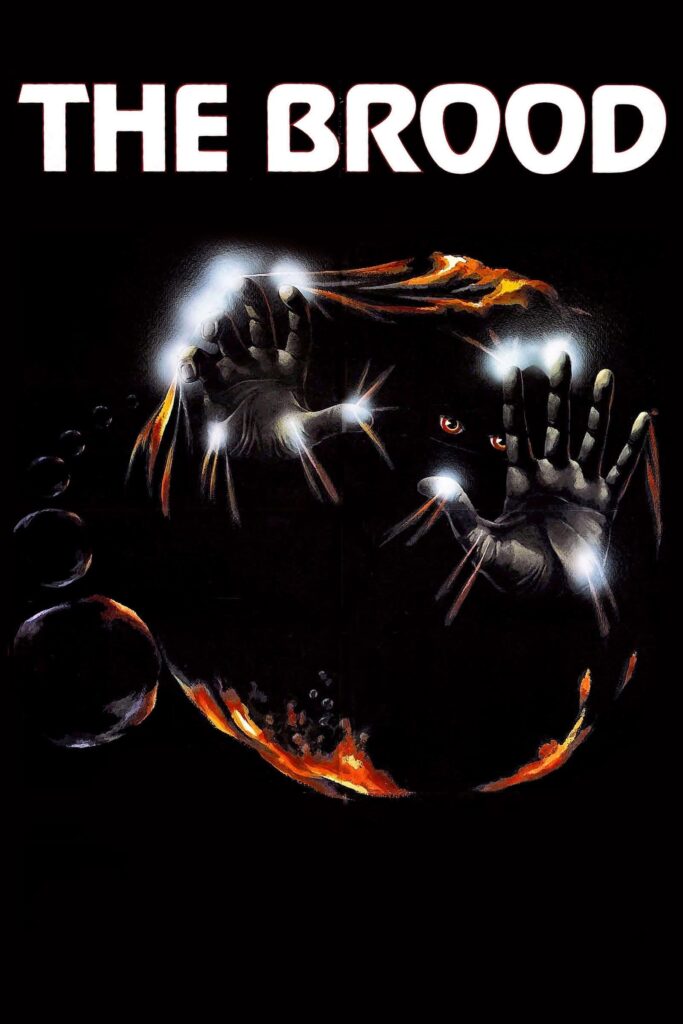
David Cronenberg’s The Brood turns repressed anger into physical horror. The story centers on a woman undergoing controversial therapy that manifests her rage as deformed children. These creatures act out her emotions through violent attacks. The psychological tension builds as her husband uncovers the truth behind the therapy.
The film balances emotional pain with shocking physical imagery. Its themes of family trauma and mental instability give it depth beyond typical horror. Samantha Eggar delivers a haunting performance that lingers long after viewing. The Brood showcases how human emotion can become its own form of monstrosity.
Society (1989)
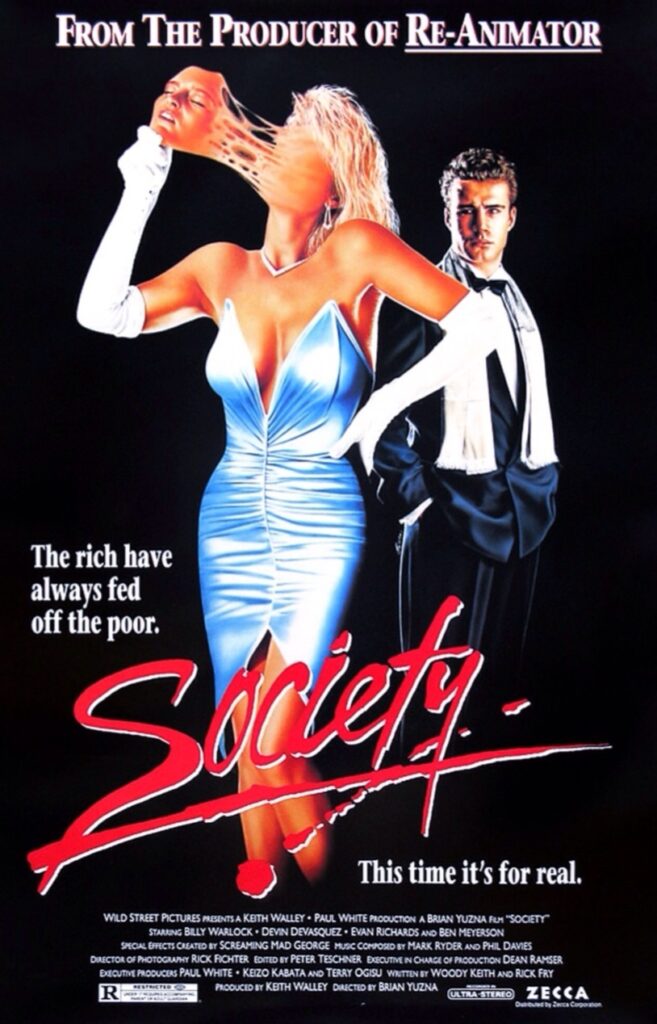
Brian Yuzna’s Society takes a darkly satirical look at wealth and privilege. It follows a teenager who suspects his family and their social circle are hiding something sinister. His fears are confirmed in a grotesque climax involving the literal merging of bodies. The story reveals how the elite consume those beneath them, both figuratively and physically.
The film’s practical effects are shocking and unforgettable. Its closing scenes remain some of the most disturbing ever filmed. Beneath the shock lies a sharp commentary on class and corruption. Society stands as a strange yet powerful entry in the body horror genre.
Possessor (2020)
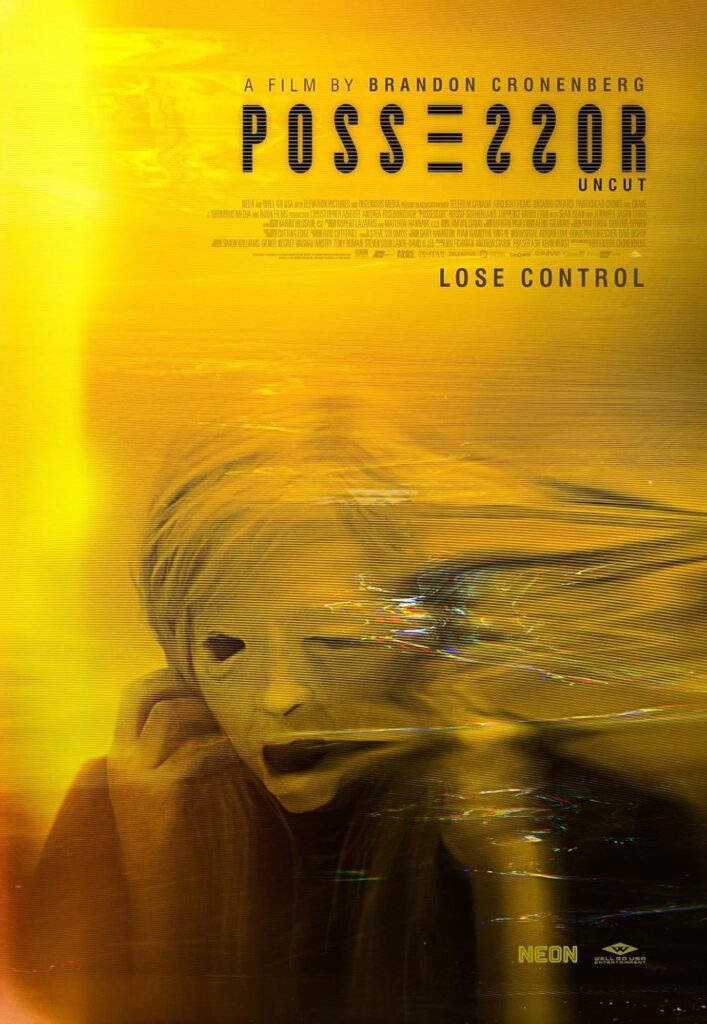
Brandon Cronenberg’s Possessor carries his father’s legacy with a modern twist. It follows an assassin who uses advanced technology to inhabit other people’s bodies and commit murders. The process begins to blur her identity, causing terrifying consequences. The film explores how losing control of one’s body can destroy the mind.
Its visuals are cold, clinical, and filled with shocking violence. The psychological breakdown of the main character keeps viewers on edge. The story questions morality, autonomy, and the nature of identity. Possessor proves that body horror can still evolve in the digital age.
The Human Centipede (2009)
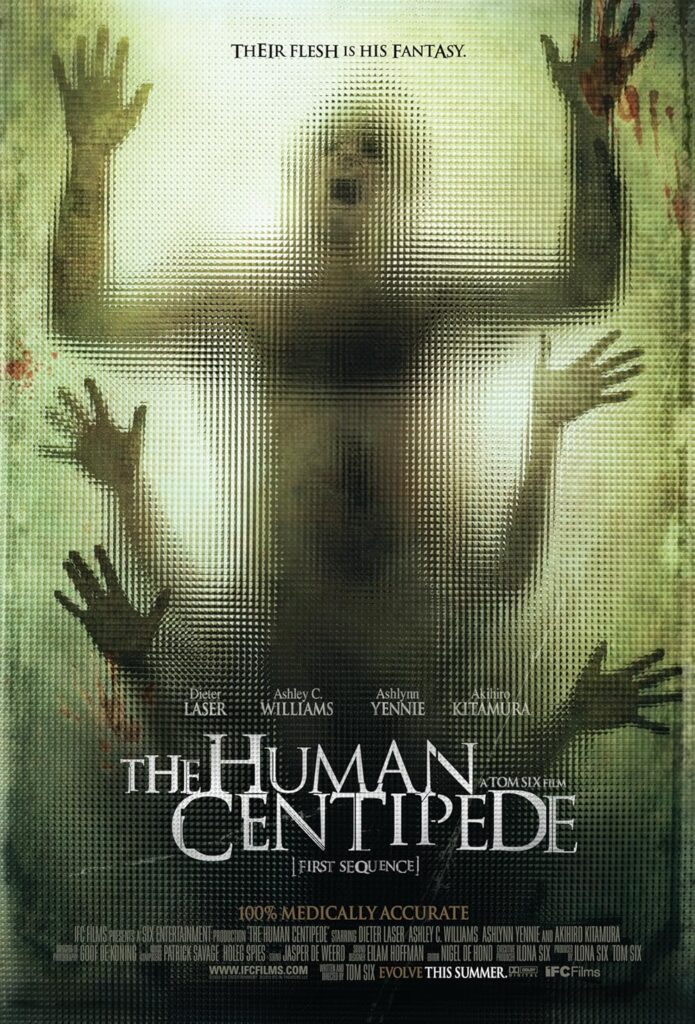
Tom Six’s The Human Centipede became infamous for its disturbing concept. It tells the story of a deranged surgeon who sews three people together, sharing one digestive system. The movie gained notoriety for pushing the limits of viewer discomfort. Its clinical tone and lack of humor make it even more unsettling.
Though controversial, the film left a strong mark on horror culture. It explores themes of control, dehumanization, and scientific obsession. Many found it hard to watch, yet impossible to forget. The Human Centipede redefined how far body horror could go in modern cinema.
Raw (2016)
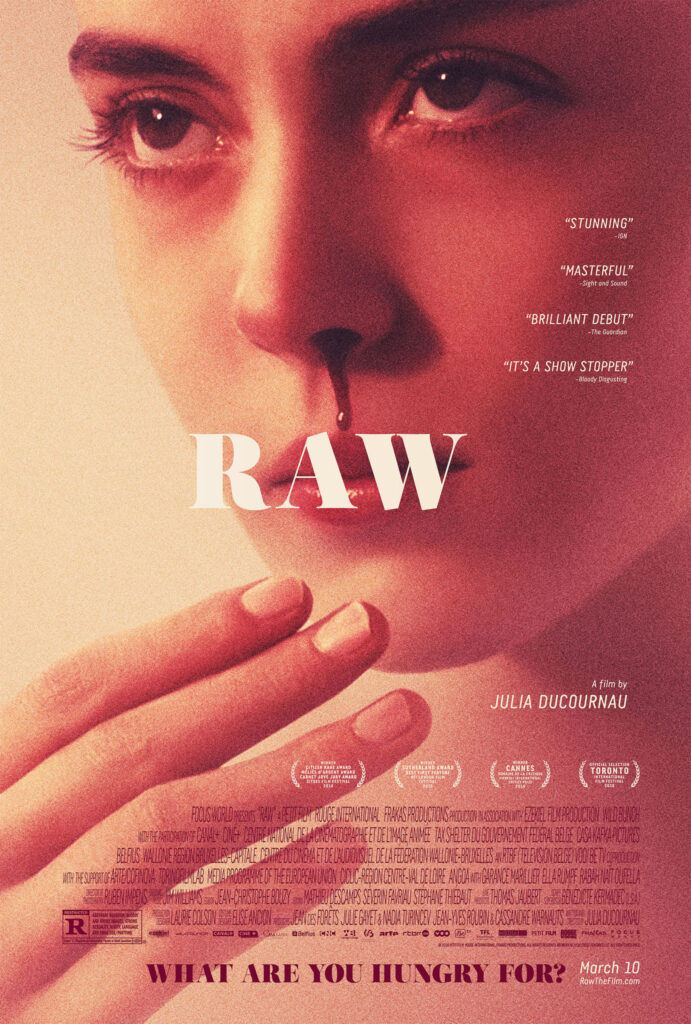
Julia Ducournau’s Raw tells the coming-of-age story of a young vegetarian who develops a craving for flesh. Set in a veterinary school, it follows her struggle with identity, desire, and hunger. The film mixes realism with surreal horror as her urges grow uncontrollable. It is as emotional as it is disturbing.
The performances feel genuine, making the horror even more effective. It explores the fine line between human instinct and social expectation. Raw was praised for its bold storytelling and striking visuals. It remains one of the most powerful examples of modern French horror.
The Fly (1958)
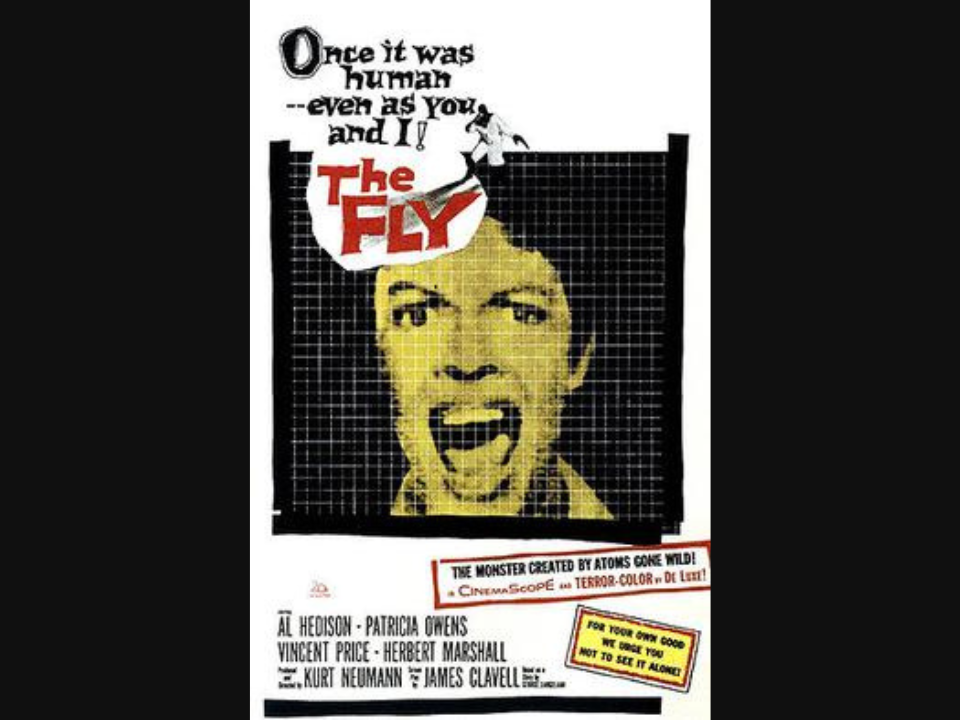
Before Cronenberg’s remake, the original The Fly introduced audiences to scientific horror. It follows a scientist who merges his body with a fly during an experiment gone wrong. The black-and-white imagery adds an eerie atmosphere to the tragic tale. Its blend of science fiction and horror captured imaginations of the time.
The film ends on a haunting note that remains famous in classic cinema. It paved the way for future films exploring transformation and mutation. Though less graphic than its remake, it carries strong emotional impact. The Fly (1958) remains a cornerstone of early body horror storytelling.
Altered States (1980)
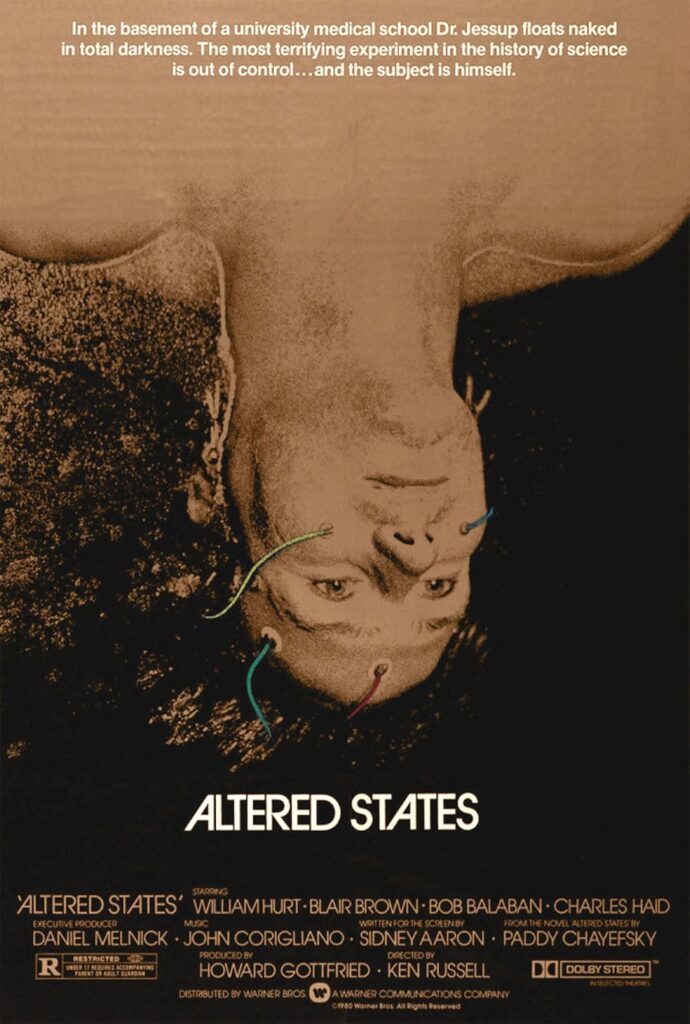
Ken Russell’s Altered States mixes philosophy, science, and body horror. The film follows a scientist experimenting with sensory deprivation and hallucinogens to explore human evolution. His body begins to physically regress into a primitive state. The transformation scenes are both fascinating and terrifying.
It blends surreal visuals with deep existential questions. The movie captures the obsession with pushing human limits. Its combination of science and fear makes it unforgettable. Altered States remains one of the most intellectual entries in the genre.
Dead Ringers (1988)
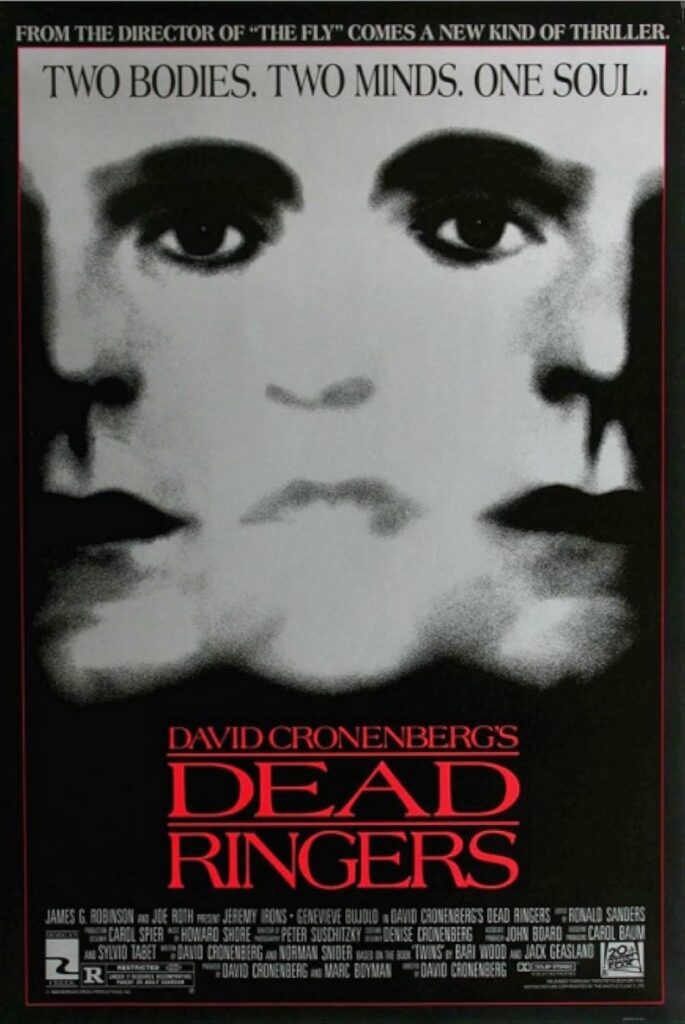
Another of David Cronenberg’s chilling works, Dead Ringers focuses on twin gynecologists who share everything, including their downfall. Their mental connection begins to fracture as addiction and jealousy take hold. The story’s slow descent into madness feels deeply personal. It explores how identity can be split and consumed from within.
Jeremy Irons delivers an incredible dual performance that drives the tension. The sterile setting of the medical world amplifies the unease. The film’s realistic tone makes its disturbing moments even stronger. Dead Ringers is a study of obsession, control, and decay.
Teeth (2007)
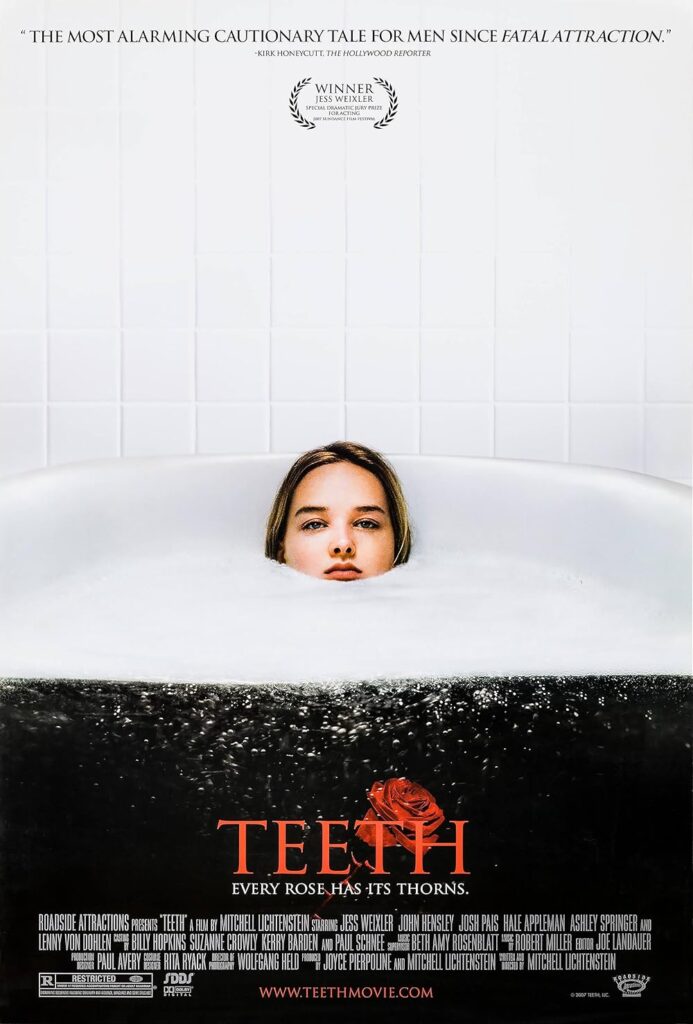
Teeth takes a darkly comedic approach to body horror. It tells the story of a teenage girl who discovers she has a set of teeth in an unexpected place. As she learns to live with her condition, the film explores themes of sexuality and empowerment. Its mix of humor and shock sets it apart from other horror films.
The film received praise for its originality and social commentary. It balances horror with a message about self-awareness and control. Despite its absurd premise, it delivers genuine tension and clever writing. Teeth became a cult favorite for its daring subject matter.
The Skin I Live In (2011)

Pedro Almodóvar’s The Skin I Live In blends psychological drama with body horror. It tells the story of a brilliant surgeon who creates a new form of synthetic skin. His experiments take a dark turn when obsession and revenge intertwine. The truth behind his work unfolds in shocking ways.
The film is visually elegant but deeply disturbing in its themes. Antonio Banderas gives a chilling performance as the doctor. Its narrative examines identity, control, and transformation through science. The Skin I Live In stands as one of Almodóvar’s most haunting creations.
Titane (2021)
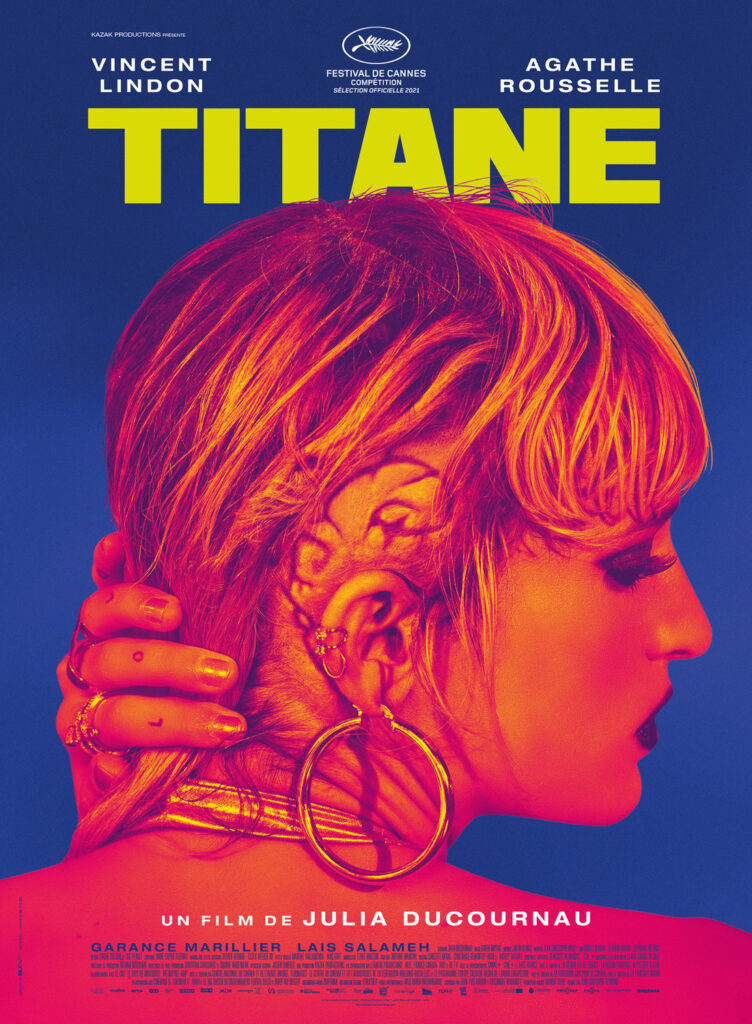
Julia Ducournau’s Titane pushes the limits of what body horror can express. It follows a young woman who forms a strange connection with metal after surviving a childhood accident. Her journey becomes a mix of violence, identity, and surreal transformation. The film defies simple categorization, blending emotion with shock.
The visuals are striking, creating a cold yet hypnotic world. Ducournau uses transformation as a metaphor for acceptance and rebirth. The lead performance is fearless and unpredictable. Titane won the Palme d’Or at Cannes, proving body horror can be both disturbing and deeply moving.
This article originally appeared on Avocadu.
